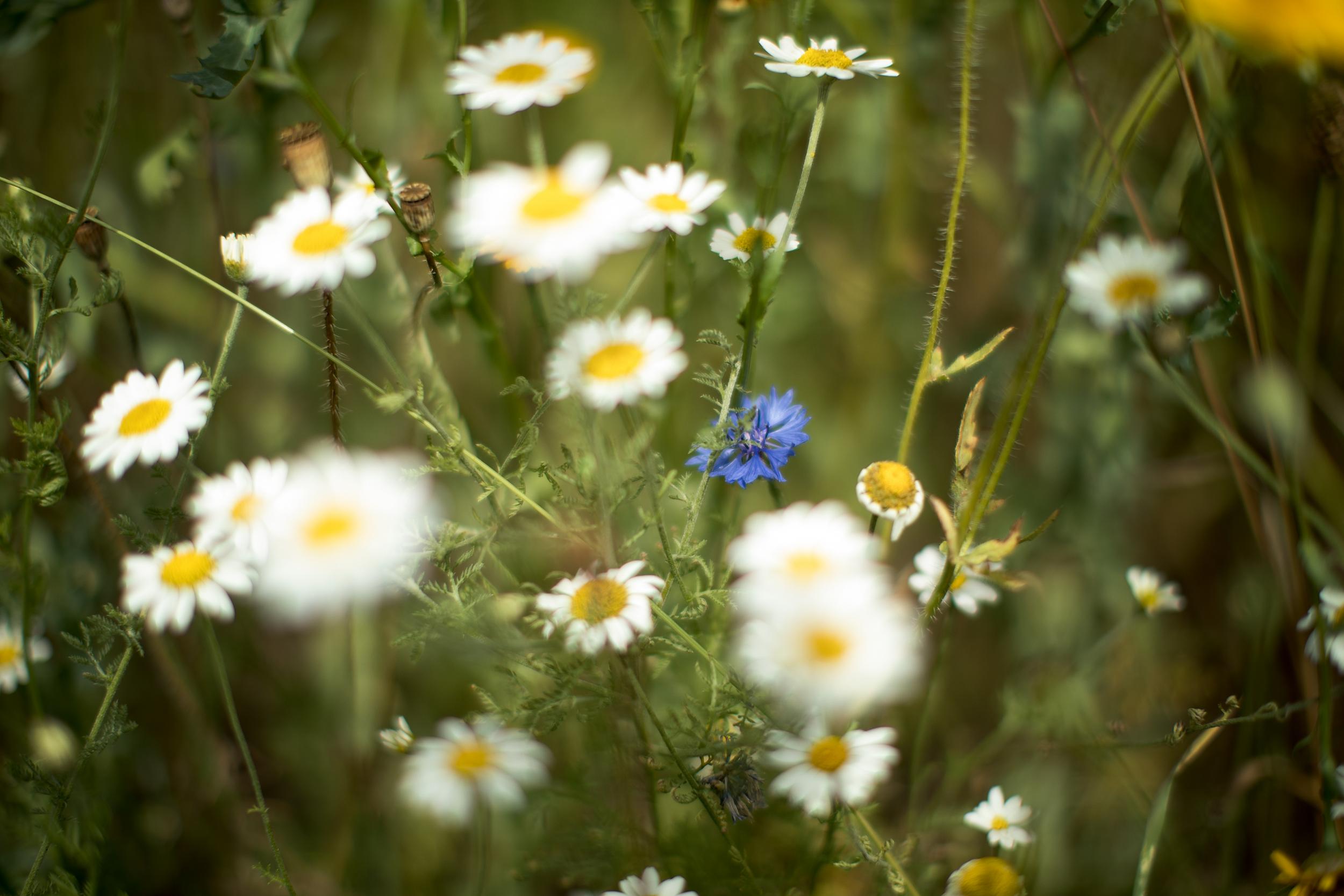Gardeners urged to let lawns run wild and count flowers to help save bees
'We're helping turn our famous trimmed green lawns into riots of colour with buttercups, daises and dandelions,' say campaigners

While many gardeners prize a well-maintained lawn, conservationists are urging people to leave their mowers in the shed and count wildflowers instead.
Wildflower-studded lawns are an increasingly important source of nectar for pollinators such as bees and butterflies, wildlife charity Plantlife said.
The charity is asking people to take part in a “citizen science” project to count the daisies, dandelions and other blooms on their lawn to help experts work out more precisely how important they are for nature.
Nearly 7.5 million acres of meadows and pastures rich in wildflowers have been lost since the 1930s, removing a vital source of food for UK insects, many of which are now in decline.
This is a major issue, as one acre of wildflower meadow on a single day in summer can contain three million flowers, producing 1kg of nectar – enough to support nearly 96,000 honeybees per day, according to Plantlife.
Insects at risk of extinction
Show all 12That means Britain’s 15 million gardens, many of them with lawns, could become an increasingly important habitat for pollinators in search of food, the plant charity said.
It issued a call for gardeners to join a “no mow May” movement to leave the lawnmowers and strimmers in the shed during May to let flowers bloom on lawns.
Now it is asking green-fingered householders, whether or not they have mowed their lawn this month, to take part in an “every flower counts” project over the bank holiday weekend.
To take part, people should throw a ball to pick a random patch of lawn, mark out 1sq m area and count the flowers they find, such as common daisies, red clover, dandelions, dove’s foot cranesbill and buttercups, while those with large lawns can count in several squares.
The information will be used to calculate how much nectar lawns are providing and how many bees they could support. This will help create an overall “national nectar score”.
This will allow Plantlife to see if lawns can be managed differently to increase the national nectar score, what the most abundant flowers are and how they can be encouraged.
Plantlife’s botanical expert Dr Trevor Dines said: “Our call for ‘no mow May’ has helped turn our famous trimmed green lawns into riots of colour with buttercups, daises and dandelions offering much-needed food for our starving bees and butterflies.”
He added: “Everyone who takes part in ‘every flower counts’ will receive their own ‘personal nectar score’ showing them how many honey bees their lawn can actually support.
“We’ll find out which flowers are most prolific on our lawns – will it be daisies, buttercups or clover? – and we will combine the results to produce a ‘national nectar score’, showing just how important Britain’s lawns are for our beleaguered pollinators.
“We hope this will make people look differently at their lawns and encourage them to allow more wild flowers to grow in support of millions of bees – because for them every flower really does count.”
For more information and to take part, visit Plantlife.org.uk/everyflowercounts.
Subscribe to Independent Premium to bookmark this article
Want to bookmark your favourite articles and stories to read or reference later? Start your Independent Premium subscription today.

Join our commenting forum
Join thought-provoking conversations, follow other Independent readers and see their replies